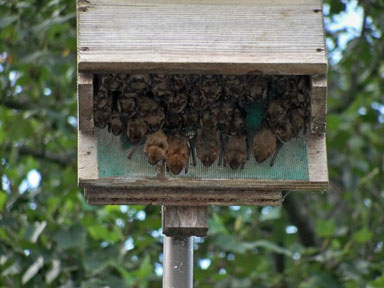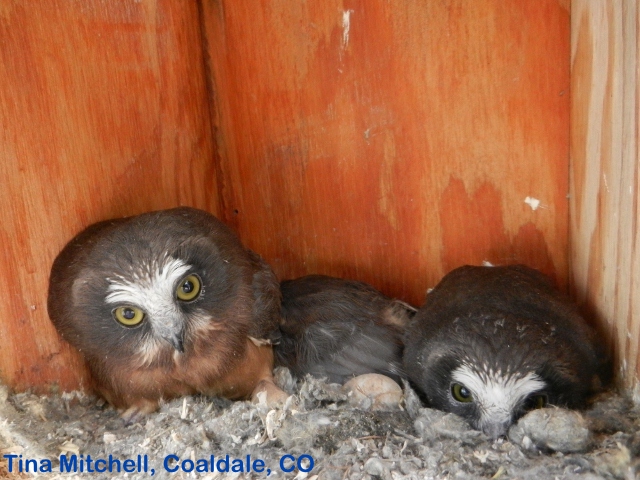-
Why are Ground Bird Baths More Natural?
Because Birds Bathe More Naturally at Ground Level!
Think about it… before humans ever started offering bird baths for feathered friends, they got along just fine with shallow pools of water and puddles.
Freezing temperatures likely created some problems as the shallows froze over, making it more difficult for birds to find water. The concept of eating snow for water seems logical- but if you’re a bird it’s pretty much half baked!
The reason being is that it takes energy to convert the snow to liquid. This energy requires calories and it’s the calories birds spend all day consuming in cold weather. From dawn until dusk, most of the resident backyard birds will be at feeders and foraging for enough calories to make through another night. Calories provide the energy to keep warm, although nature has provided other mechanisms for that too!
You know when puffed up, big fat birds are hanging around feeders and they resemble little fluff balls? Feathers are fluffed as a way to trap heat beneath them close to the birds’ body. It’s one of the main reasons for late summer/fall molt when they shed old and tattered feathers. New feathers are sturdy, sometimes even brighter and more effective at keeping the bird warm.
So by offering shallow open water in winter, you help birds conserve energy. And since ground bathing comes more naturally, heated ground baths absolutely rock for winter! Easy to add a heater to an existing bath, or go for one with concealed heater- meant for year-round use.
The Four Seasons Ground Bath is ideal for it’s size, rough texture and hidden heater.
Birds will flock to it in frigid weather as the design resembles those natural shallow pools and puddles. It helps create a perfect winter habitat along with feeders and shelter, and once weather warms up, simply tuck the cord underneath the bath!
-
Opt for Dovecote Birdhouses that Really Lasts
Say it ain’t so?
That majestic dovecote birdhouse has seen better days. It now sites like an eyesore, rotted and crumbling. The only thing remaining intact is the beautiful copper roof.
Sad but true, in all cases wood eventually succumbs to weather. Our dovecotes are meticulously crafted of vinyl/PVC although they look like wood.
Folks think of vinyl as cheesy, slick-looking plastic… but it’s the furthest thing from the truth. Over the years, some customers have even had concerns they’d received a wooden birdhouse- when in fact it was a vinyl dovecote!
But do the birds use these birdhouses?
You bet! This male Eastern Bluebird is actually feeding mealworms to nestlings. How do we know this? The smaller dovecote happens to be our own! Installed about 6 years ago in an open area, it’s hosted many successful broods over the years. Yes, the copper roof could use a cleaning which simply entails a soft cloth, gentle soap and water… and time!
After these babies fledged, nest clean-out was in order. Climbing up and lifting the roof revealed that three other old nests had hosted chickadees, nuthatches and a prior bluebird family.
When making an investment in your landscape, it’s a good idea to opt for quality, and something that carries a guarantee is always best.
Stunning copper roof dovecote birdhouses are USA made and made to last a lifetime. Wood is never used in their construction, neither on finials nor decorative brackets. This means deterioration simply won’t occur because the material is inert. Resisting insect damage, the dovecotes will never warp, rot or peel as wood behaves.
Real estate’s tough out there! Consider Fall Spruce-Up and housong the birds at the same time 🙂
-
October is National Bat Appreciation and Raptor Month
Celebrate Bats & Owls as October recognizes both cool species!
There couldn’t be a more fitting time of year to think about bats! The great thing is that bat houses and owl boxes help both species thrive, and they’ll take you up on cozy digs if offered in suitable habitat.
Beneficial to have around your property for rodent and insect control, bats and owls could use a helping hand as their natural habitats continue to shrink.
If you’ve ever climbed up in the attic to find a bat or two clinging to the vent screen… it can be a bit unnerving! But the flying mammals are fairly harmless and sadly, quite misunderstood. Popular at Halloween for their cryptic character, the Organization for Bat Conservation (OBC) has been established to educate and inspire people to save bats.
Installing a bat house is advantageous as these not-so mysterious creatures consume thousands of insects nightly, not to mention that as pollinators, bats help gardens thrive. Cool factoid: Being the sole pollinator of the agave plant, if it weren’t for bats there would be no tequila! Bat boxes are available from single- to 5-chambers, in durable cedar or recycled plastic.
WHHHOOOOO would’ve thunk it?
Owls seize every opportunity to find shelter and food sources wherever possible. When it comes to habitat, owls are versatile as they reside in wooded areas (most common), rain forests, grasslands, and open prairie. As long as owls are able to stake claim to their own territory and hide from predators during the day, they are survivors.
The common misunderstanding is that owls live in tree-tops but the reality is, they live in tree trunks, abandoned structures and barn rafters. Some live in shrubs and bushes where you would never think to look for them. Often, these birds are not found high off the ground as many people believe. Owls will use a suitable hollowed out log or opening in a tree for nesting, bud sadly dead trees and snags are often discarded by land owners.
Truth be told is that owls need not be perched up high to find their prey. They’ll hunt right from their nest location or owl house instead of using a perch like most birds. Some owl species like the Great Horned- will not start a new nest, instead claiming nests of other raptors or Common Ravens that have been left behind. Barn Owls are known to roost year-round in their houses, so clean-out is best during non-breeding months in January/February.
Because owls are an isolating and territorial species, it’s believed that habitat loss could become critical for future survival. Even though they’re highly adaptable, owls like other wildlife are limited in what they can do without their natural habitat.
Interested in learning more to assist these majestic raptors? Install a species-specific owl house to offer cozy habitat for nesting and roosting.

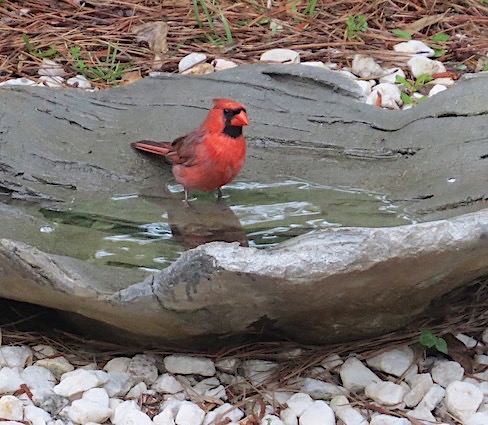
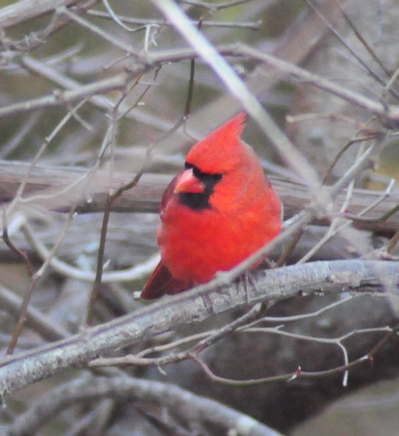 You know when puffed up, big fat birds are hanging around feeders and they resemble little fluff balls? Feathers are fluffed as a way to trap heat beneath them close to the birds’ body. It’s one of the main reasons for late summer/fall molt when they shed old and tattered feathers. New feathers are sturdy, sometimes even brighter and more effective at keeping the bird warm.
You know when puffed up, big fat birds are hanging around feeders and they resemble little fluff balls? Feathers are fluffed as a way to trap heat beneath them close to the birds’ body. It’s one of the main reasons for late summer/fall molt when they shed old and tattered feathers. New feathers are sturdy, sometimes even brighter and more effective at keeping the bird warm.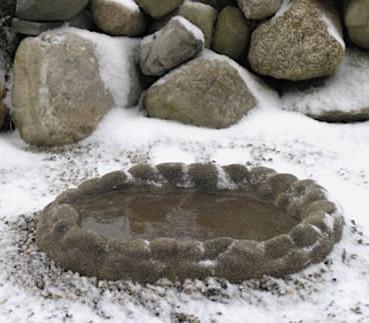
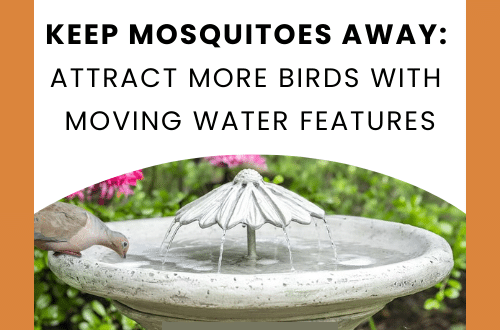
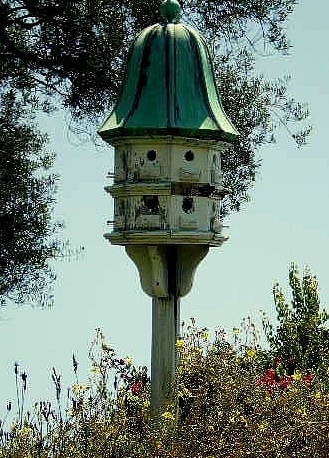 Say it ain’t so?
Say it ain’t so?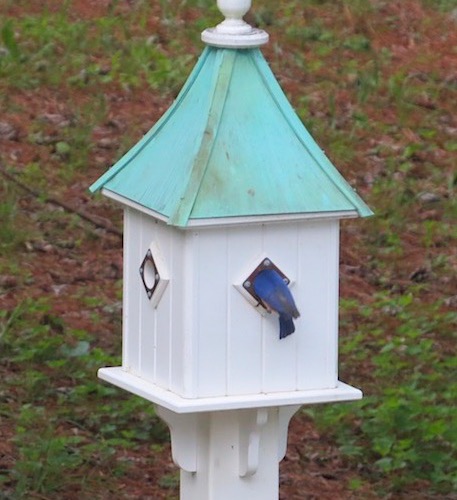
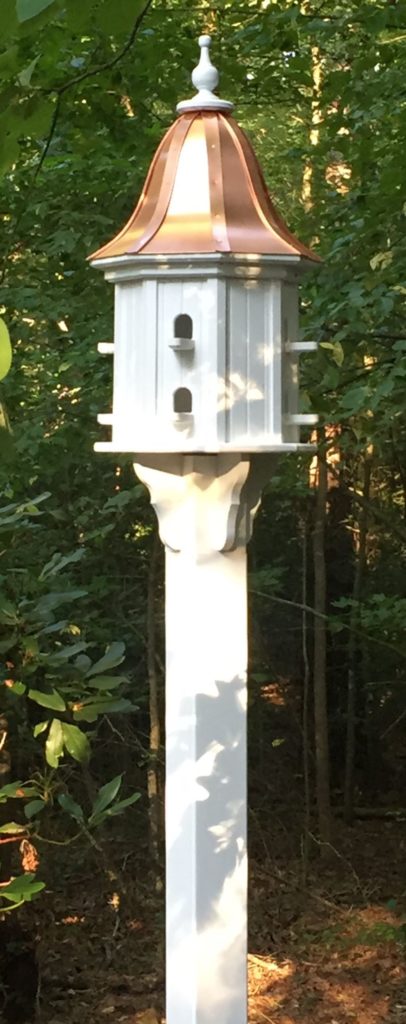
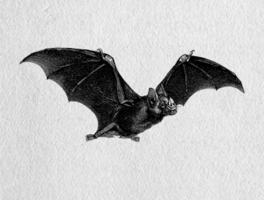 There couldn’t be a more fitting time of year to think about bats! The great thing is that bat houses and owl boxes help both species thrive, and they’ll take you up on cozy digs if offered in suitable habitat.
There couldn’t be a more fitting time of year to think about bats! The great thing is that bat houses and owl boxes help both species thrive, and they’ll take you up on cozy digs if offered in suitable habitat.